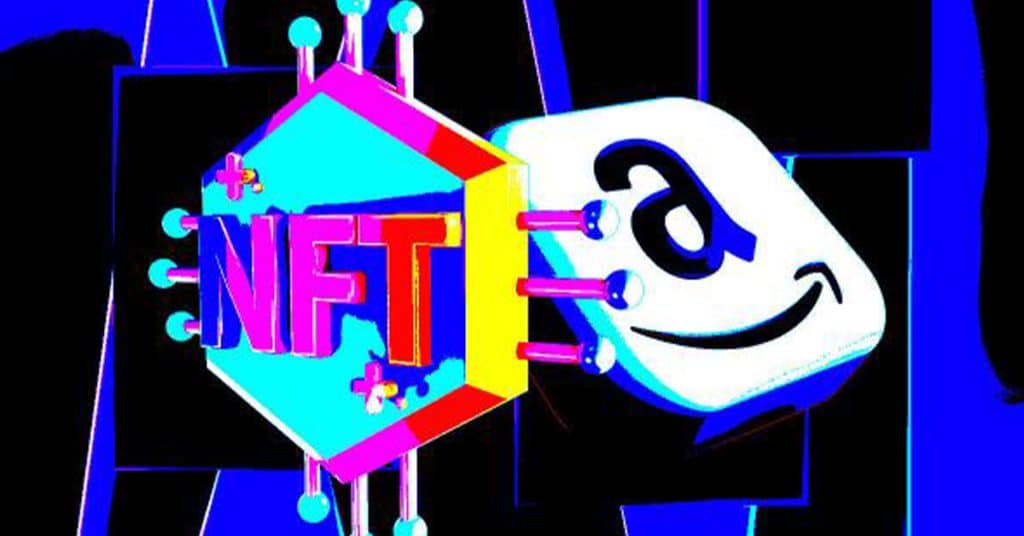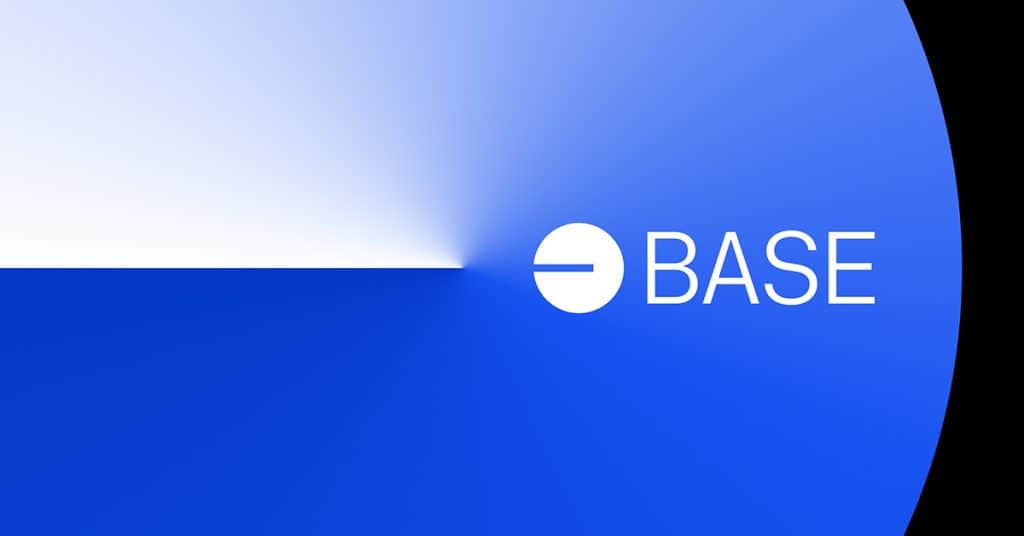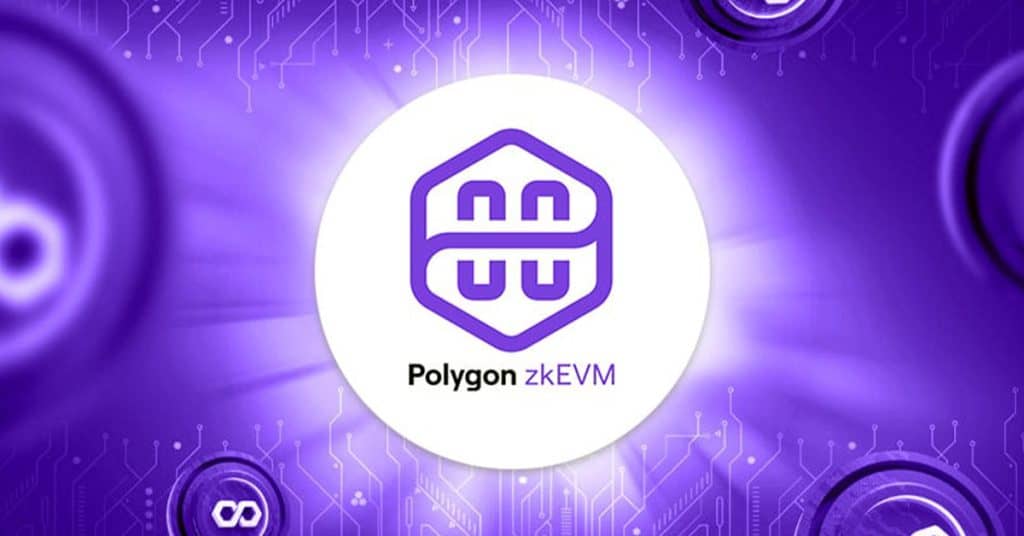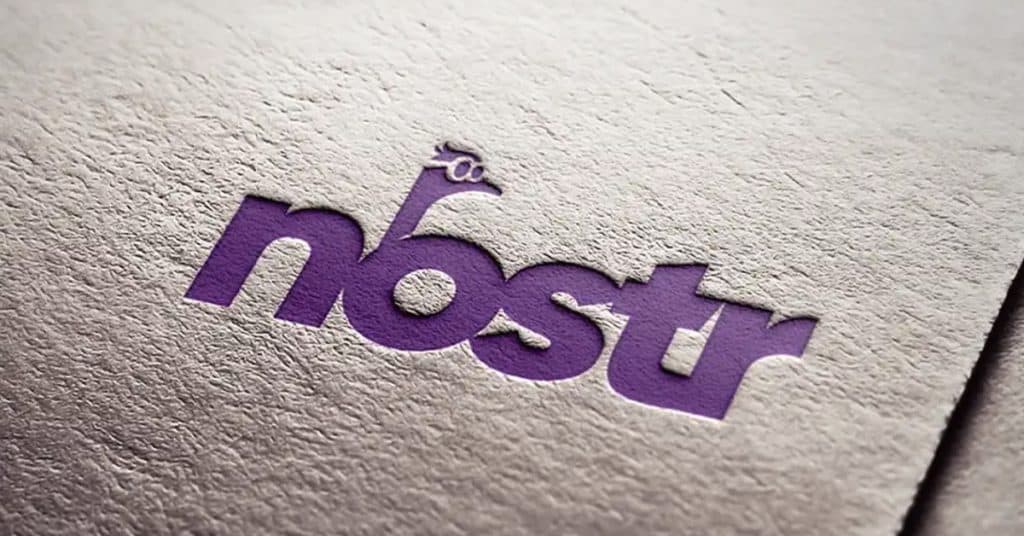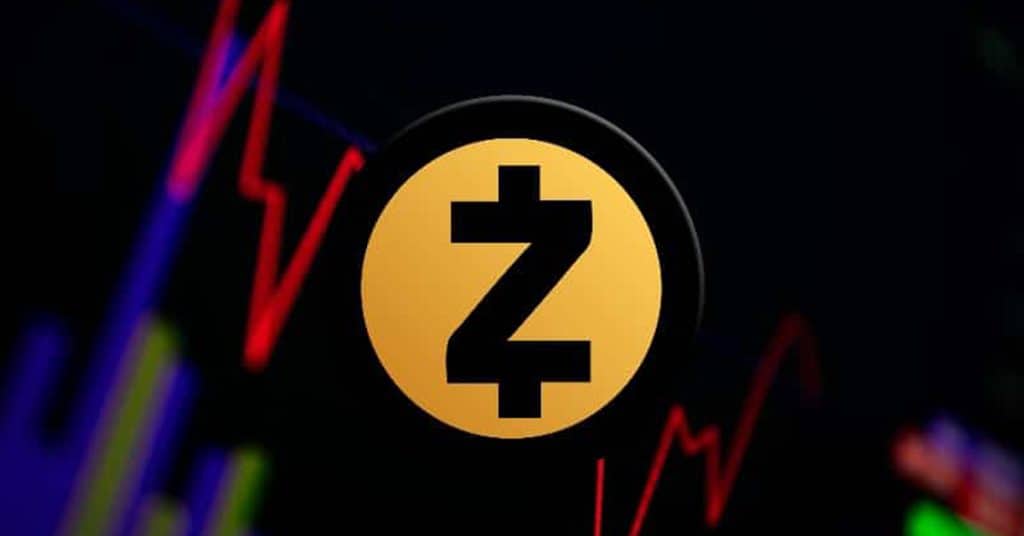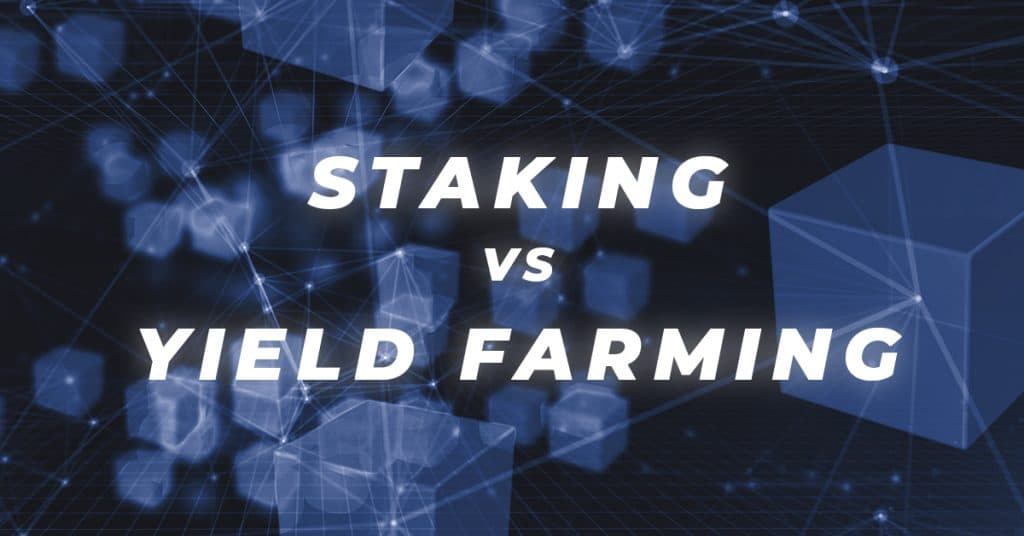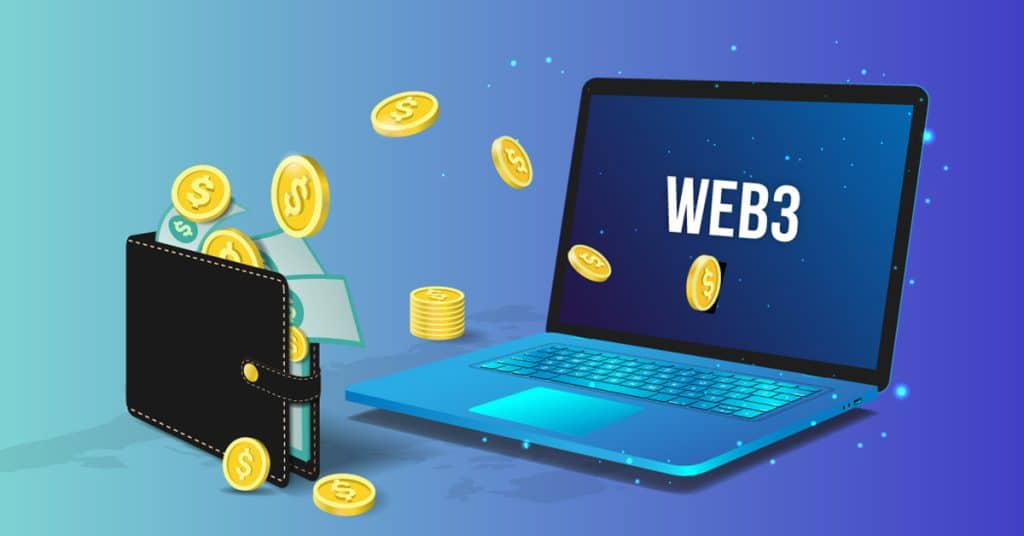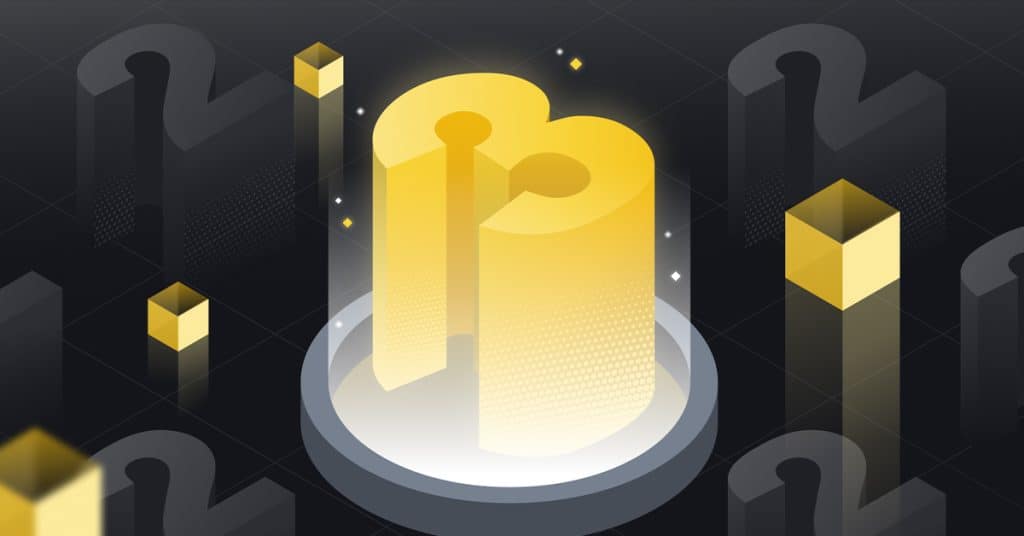Ordinal NFTs on Bitcoin: Why They Could Be a Big Deal
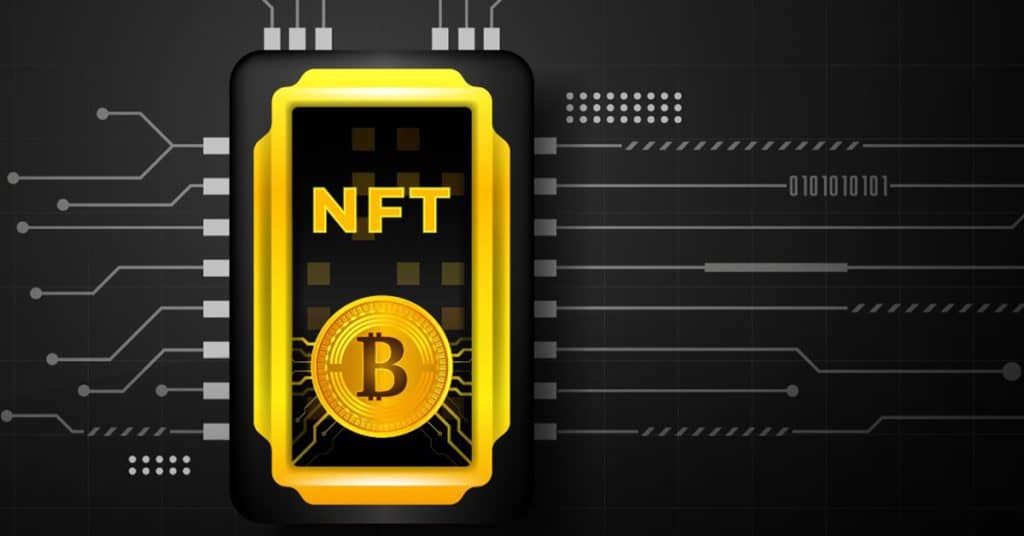
Are 'evil JPEGs invading the sacred Bitcoin blockspace'? In the recent few weeks, over 75 thousand NFTs have been inscribed into the Bitcoin blockchain. All this is made possible by the new Ordinals protocol.
The Ordinals protocol was launched on January 21st, 2023. It allows people to track individual satoshi's by assigning them a serial number. This new option alone gives satoshi's a separate identity.
Compare it to being able to track individual gold atoms... This ability alone would make certain gold atoms more valuable than others. Some people wouldn't mind owning a piece of gold that contained some gold atoms which once were part of Cleopatra's jewelry...
Collecting Satoshi's
We are a species of collectors, and since satoshi's can now be tracked and transferred, this opens some possibilities. In order of increasing rarity, consider the rarity of:
- Any first satoshi of a newly mined block
- The first satoshi after a halving
- The first satoshi of Bitcoin's genesis block
Unfortunately, it is unlikely that Satoshi Nakamoto will ever sell that first sat....
Inscribing Satoshi's: NFTs on Bitcoin
This is all cute, but Ordinals don't stop at just ordering satoshi's. There is an added possibility of inscribing satoshi's with content, such as an image or music files, or other types of data. This has created for the first time the possibility of Bitcoin-native digital artifacts, or Bitcoin NFTs.

